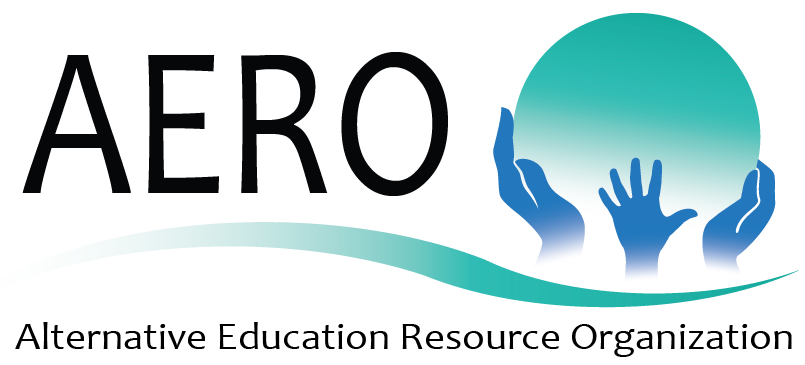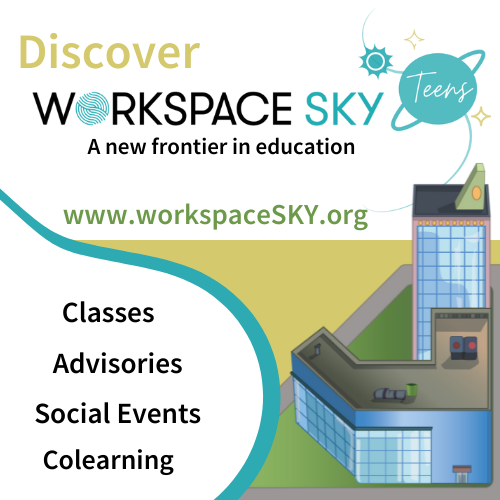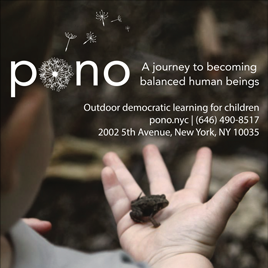
The 2013 AERO conference has ended, but in many ways, it continues. People there said this conference had a quality of presentation and interaction that went beyond even the wonderful ones they had previously experienced. Networks have been created to continue conversations started at the conference.
We wanted to get a quick report to you with a more detailed one in the future. People came from at least 25 states and 10 countries. Many came up to tell us it was life-changing.
-Jerry Mintz
Here are some pictures and a few snippets already sent to us from attendees:
I am so grateful I was able to attend. It was powerful!
-Nancy Tilton
Great conference as always!
-Peter Berg
It was great to be back and enjoy the energy of the conference.
-Craig Goodman
The Conference was as always a much needed recharging of the batteries, motivating ever increasing efforts towards advocating for and working with students. For me, the spreading of various forms of authentic Democratic Ed. was invigorating, meeting more unschoolers, homeschoolers who have a learning center which functions much as a Free School does, and of course my personal favorite, the Free Schools themselves than I can ever remember. The number of people who are creating new structures or methods of expanding freedom for an increasing number of students was terrific and certainly reinspired me to do my small part by finishing my dissertation! Thanks to all for the support, informative conversations, and just generally awesome positive time many of you spent with me; I will remember AERO 2013 as I do the 6 I was fortunate enough to attend prior, with nothing but fond memories of old friends as well as new ones, thank you all & particularly to Jerry for continuing to do an amazing job making it all happen!
-Kirk Cunningham
Movement Matters had fun with the youngsters and adults alike! Many children passed by the MM booth and stopped to curiously inquire about the materials on the shelf. Coco played with the Air, Land and Water animals working to sort them and differentiate them by where they live. As she sorted, she chose different locomotor movements to practice as she: jumped, hopped, ran and walked backwards or slithered to place animals. One charming toddler giggled as she batted the 'Easy Ball' around, another chose and sorted colored sticks while another tossed sock balls and mini-frisbees at a target! Easy, inexpesive movement activities for children. All you need is to watch the children and you know it works! Wish you had been with us at the workshop while we all played "Clean Out the Back Yard Throwing" Good fun with game adults! Yes, Movement Matters!
-Melani Fuchs
Although I have been an AERO member for seven years, this is the first year I have attended the conference. I waited so long because, as the co-founder of a public unschool, my concern was unschooling. I saw AERO as resource organization for all alternatives in education. It supported a much broader understanding of alternative education than relevant to me.
But, over the last year, I have noticed more and more people on the AERO list server talking in terms that resonate with unschooling ideas. I not only attended the conference this year, but facilitated a workshop on public unschooling.
I am so glad I attended. There truly are more and more people who see that the education revolution isn't just about patching up the current system, it's really about allowing people to be free to self-direct their learning. There were so many liked-minded people from throughout the world who said they were no longer willing to support coercive education. Jerry especially is to be commended for nurturing AERO to the point where we are ready to find ways to allow young people to free themselves to learn as they choose.
-Carol Nash
Consciousness and Self-Organization: AERO 2013
I had already missed the session on "When Learners Own Their own Learning," because I was presenting my own workshop, on "Real Teachers: True Stories of Renegade Educators." And I knew I had a conflict preventing me from going to "Welcome to the Self-Design Learning Community," the next day. It was looking like I would miss the whole topic of learner's self-designing this year. Too bad, I thought, until I entered the session on "Consciousness: The Missing Dimension in Education." The teacher did not show up.
Talk about a missing dimension! A few of us started introducing ourselves and suggesting some issues on consciousness in education. We were tinkering, filling in the sense of "in limbo," but the teacher was still not showing up. When we finally realized we were alone, we started some introductions. Someone said we should move the desks around to include everyone, a most conscious suggestion. Was this self-organizing?
A similar thing had happened to me in, of all places, Cuba, just a few days earlier. I had taken my class to visit a school on the outskirts of Havana and we were introduced to a cohort class of Cuban kids. The teacher, realizing a group of American kids was a significant distraction, wisely cancelled the rest of the class and we all headed for the beach together. Americans had never set foot in their school before. Trouble was, neither group supplied any leadership, and so when our two, foreign classes disembarked onto the beach, a spectacular, secluded Caribbean spot, no on knew what to do. A few started meandering into the warm water. Then someone threw a ball in. Within a few minutes, most of the kids were lured in, forming in a circle, moving the ball all around, splashing and smiling together.
What would be the object in our consciousness seminar? We had no warm water. And no ball. As it turned out, consciousness was the warm water. We went around the circle, everyone expressing their take on the state of consciousness in their lives. Then another aspect of organizing occurred, one we often neglect: the opt-out phase. About a quarter of the people in the room determined that they would either not risk self-organizing and would only be willing to rely upon the professed expert, or perhaps they had hoped for something more leader-centric. That phase takes a lot of courage–people have to walk out and risk showing disapproval. I honor the people who walk out in situations like that. It is a difficult but necessary part of self-organizing. Next phase: we tightened the circle. Everyone took the ball, our invisible talking stick, held it for a while, made their contribution to the circle, and then passed it on.
In our next phase of self-organizing, after the initial organization into a whole (a single group), an analysis phase began. Analysis is simply the act of breaking things down into parts. As such, themes began to emerge. One participant had just graduated from University of California, San Diego, with a doctorate in this very area. Another was a beginning teacher who many never have imagined how she could integrate something so metacognitive into a classroom. A dichotomy was the first analysis I sensed our circle forming: Some people were curious on what this consciousness movement really entailed, others were very experienced. Further categorizations and analyses occurred as people expressed their own takes on the topic. There were those from the meditation perspective, the yoga and movement angle, the mind and brain research perspective, the classroom environment practitioners, the artificial intelligence faction, and the new learner perspective (from those who were new to this topic).
Having a pre-allocated time helped us create our organization, and I would imagine if it had not been printed on the conference schedule, someone would have naturally introduced the dimension of time at some point. Themed discussions ensued until the end of the allocated time, at which point someone suggested we continue the group beyond the walls of this classroom at this conference. The follow-up phase. So we all signed on so that someone could create a "consciousness email group." Following that, we entered into yet another part of self-organizing that I had not thought of: the remainder phase. Here, as we all stood to depart, in the most natural way, individuals approached other individuals whom they saw as kindred or stimulating. For my part, I walked about, picking the brains of a few in the room whom I thought had a lot to offer me, and I actually handed out some business cards. Other people did, too.
In the end, consciousness is only such as it connects us to our specific ecosystem. If that ecosystem includes groups of people, staying conscious might be a whole lot harder than if we are alone in the desert, for instance. However, given the professional teaching roles of most people at AERO this year, our ability to develop and sustain consciousness amidst groups of people would seem paramount, much more critical than solo meditation (also essential). Our group achieved this sense of group consciousness together. At our leaderless seminar, "Consciousness: The Missing Dimension in Education," we all could see that consciousness does not have to be missing after all.
Later on, I suggested to Jerry that AERO put some no-host topics on the agenda, to allow for "the consciousness of self-organization." Jerry thought so too, and I think many of us at AERO this year would agree that conscious people self-organizing would be one of the best imaginable outcomes for a conference.
-Stuart Grauer, Ed.D.


















